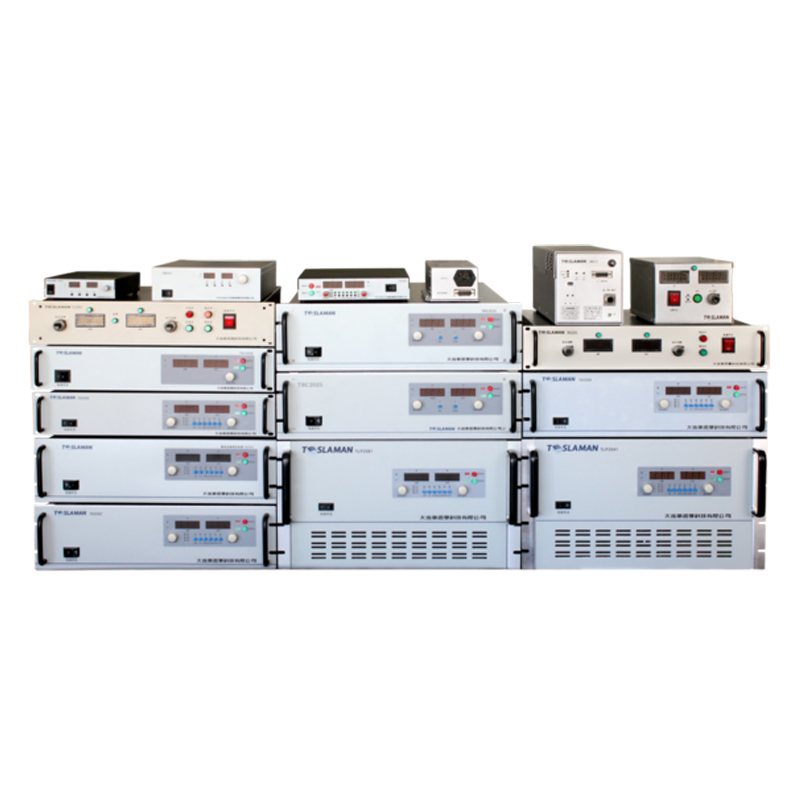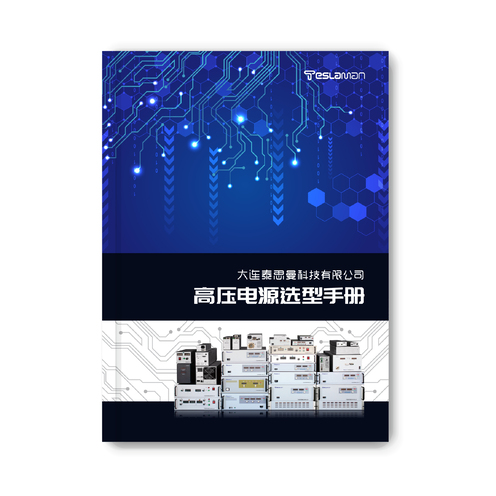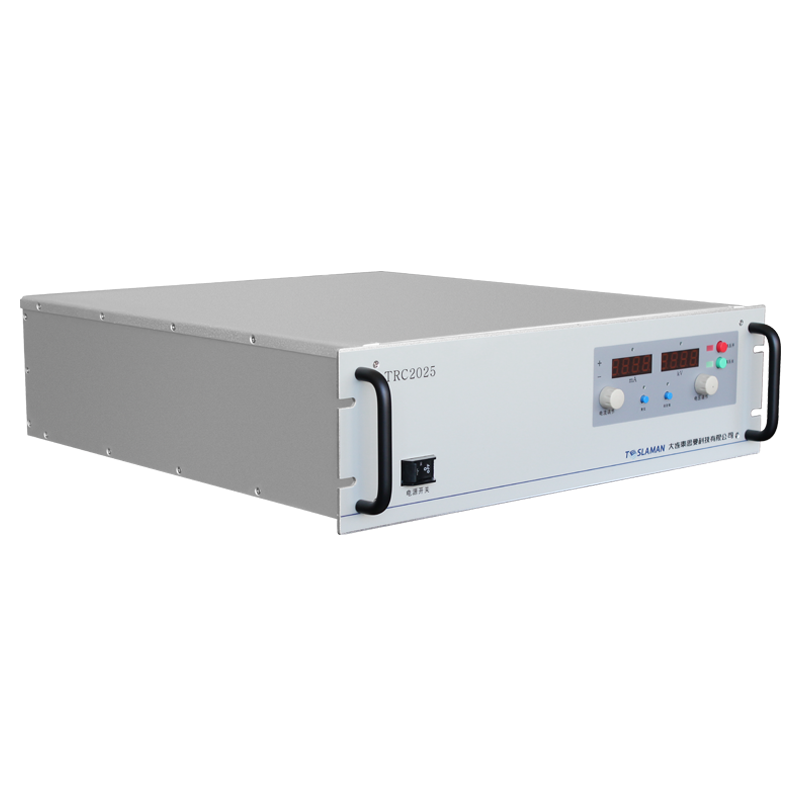Exploration of High-Voltage Power Supply Technology for Accelerators
In numerous cutting-edge fields of modern science and industry, accelerators play a crucial role. And the high-voltage power supply, as the "power heart" of the accelerator, silently drives the operation of this large and complex device, unlocking the mysteries of the microscopic world and facilitating many revolutionary applications.
From the basic principle perspective, the high-voltage power supply for accelerators aims to generate extremely high direct current voltages to provide strong power for accelerating charged particles. It utilizes a series of components such as transformers, rectifiers, and filters to work in coordination. The transformer first boosts the input mains voltage to an intermediate value. Subsequently, the rectifier converts alternating current into direct current, and the filter is responsible for "purifying" the current, removing ripples to make the output direct current voltage as stable as possible, so as to meet the strict requirements of the accelerator for high-precision and high-stability power supplies. For example, in some accelerators used in high-energy physics research, the voltage stability is required to reach a precision of one part per million or even higher. Minute voltage fluctuations can lead to significant deviations in experimental results.
In terms of technical implementation, the high-voltage power supply for accelerators faces numerous challenges. The insulation problem comes first. As the voltage level climbs to the megavolt or even higher magnitude, conventional insulating materials can hardly withstand such a strong electric field strength and are extremely prone to breakdown and discharge phenomena. Researchers have thus developed new insulating gases and solid composite materials. By optimizing the microscopic structure and electrical properties of the materials, the insulation capacity is enhanced to ensure the reliable operation of the high-voltage system. Meanwhile, the dynamic response characteristics of voltage regulation are also crucial. When the operating conditions of the accelerator change, such as switching the types of accelerated particles or adjusting the beam intensity, the power supply must quickly and accurately adjust the output voltage. Advanced digital control technologies have emerged. Based on high-speed microprocessors and complex algorithms, they monitor the output state of the power supply in real time and complete voltage feedback regulation within milliseconds or even microseconds, ensuring that the accelerator is always in the optimal working state.
The applications of the high-voltage power supply for accelerators are extensive and of profound significance. In the field of basic scientific research, large particle accelerators rely on it to accelerate protons, electrons and other particles to near the speed of light and bombard target materials to explore the deep structure of matter and simulate the early universe environment, providing crucial support for the verification of the standard model of particle physics and the search for new particles. In the medical field, medical accelerators utilize the stable high-voltage power supply to generate high-energy electron beams or X-rays for tumor radiotherapy, precisely destroying cancer cells. Compared with traditional radiotherapy methods, it greatly improves the treatment effect and reduces damage to healthy tissues. In the industrial sector, material irradiation modification accelerators use high voltages to accelerate electrons to irradiate polymer materials, semiconductors, etc., improving material properties and product quality, such as enhancing the wear resistance of plastics and optimizing the electrical properties of semiconductors, contributing to the development of high-end manufacturing.
With the continuous progress of science and technology, the technology of high-voltage power supply for accelerators is constantly innovating. On the one hand, it is moving towards higher voltages and greater power to meet the demands of giant scientific research facilities such as future colliders. On the other hand, the trend of miniaturization and modular design is prominent, reducing costs and expanding application scenarios, enabling more scientific research institutions and enterprises to benefit. It is expected to shine in emerging fields such as new energy development and quantum information processing, continuously injecting powerful impetus into human exploration of the unknown and improvement of life.




















